Welcome to the lush world of Florida decorative grasses. As a gardening enthusiast who has spent years cultivating my own garden in the Sunshine State, I’ve found that decorative grasses not only add beauty to your landscape but also require relatively low maintenance. In this guide, you’ll discover various types of grasses suitable for Florida’s unique climate, tips for care, and how they can transform your outdoor space into a serene oasis.
Understanding Florida’s Climate and Soil Conditions
Before diving into the types of decorative grasses, it’s crucial to understand Florida’s climate and soil conditions.
Florida’s Climate Overview
- Warm, humid summers with average temperatures ranging from 75°F to 95°F.
- Mild winters with temperatures averaging between 50°F and 70°F.
- High rainfall, particularly during the summer months, providing ample water for many grass species.
Soil Types in Florida
The soil in Florida varies widely but is generally sandy, which means good drainage. However, some regions may have clay or loamy soils that hold moisture better.
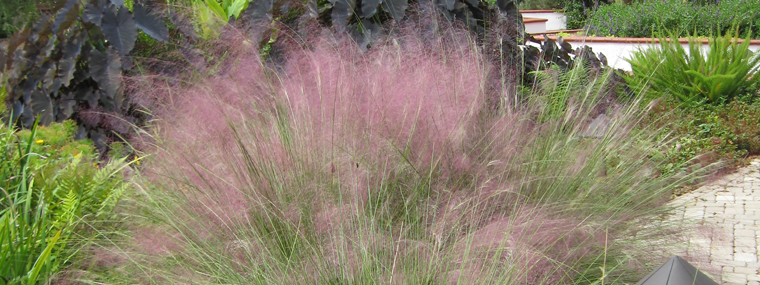
Types of Decorative Grasses for Florida
Florida is home to a variety of decorative grasses that thrive in its conditions. Here’s a breakdown of some of the most popular options:

1. Muhly Grass (Muhlenbergia capillaris)
Known for its stunning pink flower plumes that appear in the fall, Muhly Grass is a favorite for many Floridians.
- Height: 3-4 feet
- Sun Requirements: Full sun to partial shade
- Soil Preference: Well-drained sandy soils
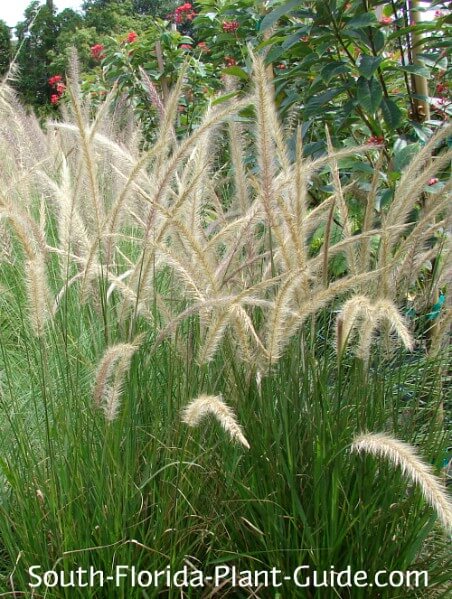
Pros and Cons of Muhly Grass
| Pros | Cons |
|---|---|
| Beautiful fall blooms | Can be invasive if not managed |
| Drought-tolerant once established | Requires regular pruning |
2. Fakahatchee Grass (Tripsacum dactyloides)
Fakahatchee Grass boasts tall, lush green foliage, making it an excellent choice for privacy borders.
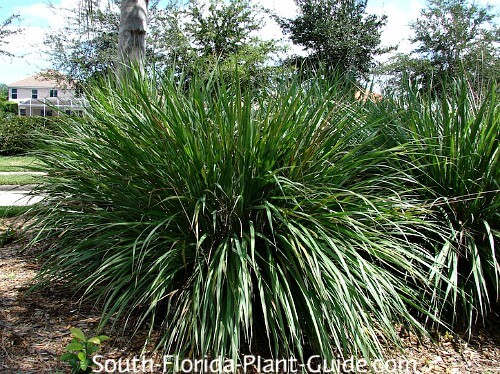
- Height: 4-5 feet
- Sun Requirements: Full sun to part sun
- Soil Preference: Tolerates both sandy and wet soils
Pros and Cons of Fakahatchee Grass
| Pros | Cons |
|---|---|
| Fast growth rate | Needs space to spread |
| Attracts wildlife | Regular trimming required |
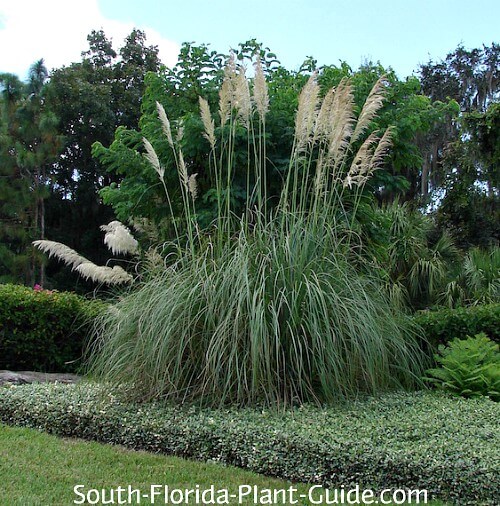
3. Pampas Grass (Cortaderia selloana)
Pampas Grass is known for its tall plumes and dramatic appearance, perfect for statement pieces in your garden.
- Height: 6-10 feet
- Sun Requirements: Full sun
- Soil Preference: Well-drained soils
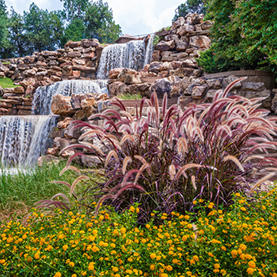
Pros and Cons of Pampas Grass
| Pros | Cons |
|---|---|
| Very drought-resistant | Can become invasive |
| Attractive in floral arrangements | Requires cutting back regularly |
Caring for Decorative Grasses in Florida
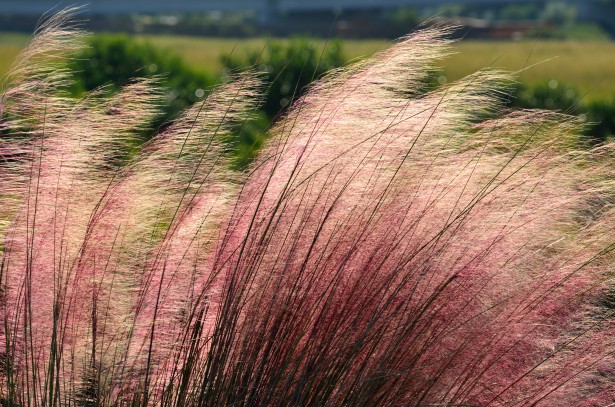
Once you’ve chosen the right decorative grasses, proper care is essential for them to thrive. Here are some tips based on personal experience:
Watering Needs
Most decorative grasses prefer deep watering rather than frequent shallow watering. Allow the soil to dry out between watering sessions to prevent root rot.
Fertilizing
Use a balanced fertilizer in spring as shoots begin to grow, but avoid over-fertilizing as this can lead to excessive foliage growth with fewer flowers.
Pruning and Maintenance
Regular pruning of ornamental grasses helps keep them looking neat. I typically wait until late winter or early spring to cut back most grasses before new growth begins.
Design Ideas using Decorative Grasses
Decorative grasses can be incredibly versatile in landscape design. Here are a few ideas to inspire you:
Creating Borders and Edges
Planting decorative grasses along pathways or the edges of your garden can create a soft, natural boundary. Consider using Muhly Grass for vibrant color in late fall.
Mixed Planting
Combine decorative grasses with perennials and flowering plants for a dynamic display. Pampas Grass pairs beautifully with vibrant annuals.
Containers and Pots
For smaller spaces or patios, decorative grasses can thrive in containers. Fakahatchee Grass, in particular, adapts well to potting conditions.
Comparison Table of Popular Florida Decorative Grasses
| Grass Type | Height | Sun Requirements | Soil Type | Bloom Season |
|---|---|---|---|---|
| Muhly Grass | 3-4 ft | Full sun to partial shade | Sandy | Fall |
| Fakahatchee Grass | 4-5 ft | Full sun to part sun | Sandy or wet | Summer |
| Pampas Grass | 6-10 ft | Full sun | Well-drained | Summer |
Common Pests and Diseases
Like any plant, decorative grasses can attract pests or suffer from diseases. Here’s what to look out for:
Common Pests
- Aphids: These small bugs can suck the sap from your grasses, weakening them. Treat with insecticidal soap.
- Spider Mites: Tiny and often hidden, these pests can cause discoloration. Increase humidity to mitigate the issue.
Diseases to Watch Out For
- Root Rot: Overwatering can lead to this fungal disease. Ensure good drainage to prevent it.
- Leaf Spot: This fungal infection manifests as dark spots on leaves. Remove affected leaves to control spread.
FAQs About Florida Decorative Grasses
What are the best decorative grasses for sandy soil in Florida?
The best options include Muhly Grass and Pampas Grass, as they thrive in sandy, well-drained soils.
How often should I water my decorative grasses?
Water deeply but infrequently, allowing the soil to dry out between sessions. Once established, many grasses are quite drought-tolerant.
Can decorative grasses attract pests?
Yes, while they can attract pests, healthy grasses with proper care are less likely to encounter significant pest issues.
When should I prune my decorative grasses?
Most grasses should be pruned back in late winter or early spring, before new growth begins.
Are decorative grasses deer-resistant?
Many ornamental grasses, such as Pampas Grass, are less appealing to deer due to their texture and taste.
Conclusion
Incorporating decorative grasses into your Florida landscape can enhance its beauty and provide low-maintenance options for gardeners. With the right selection and care, these grasses will flourish in your yard, offering year-round interest and texture. I invite you to explore the world of Florida decorative grasses and discover how they can transform your outdoor space into a thriving haven.
Happy gardening!